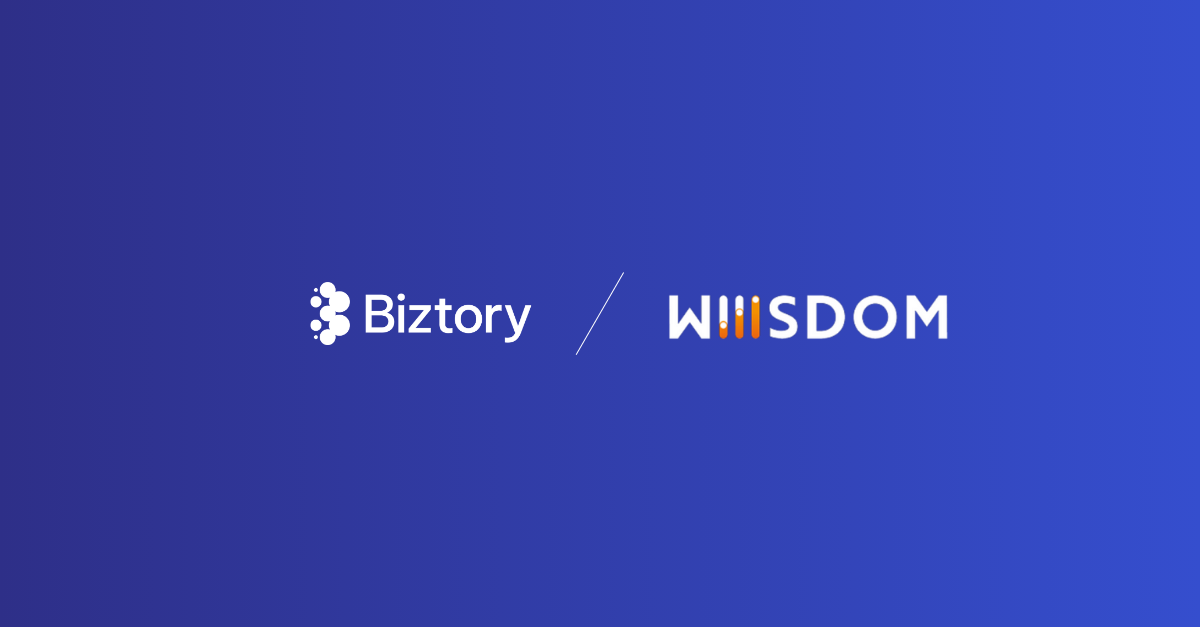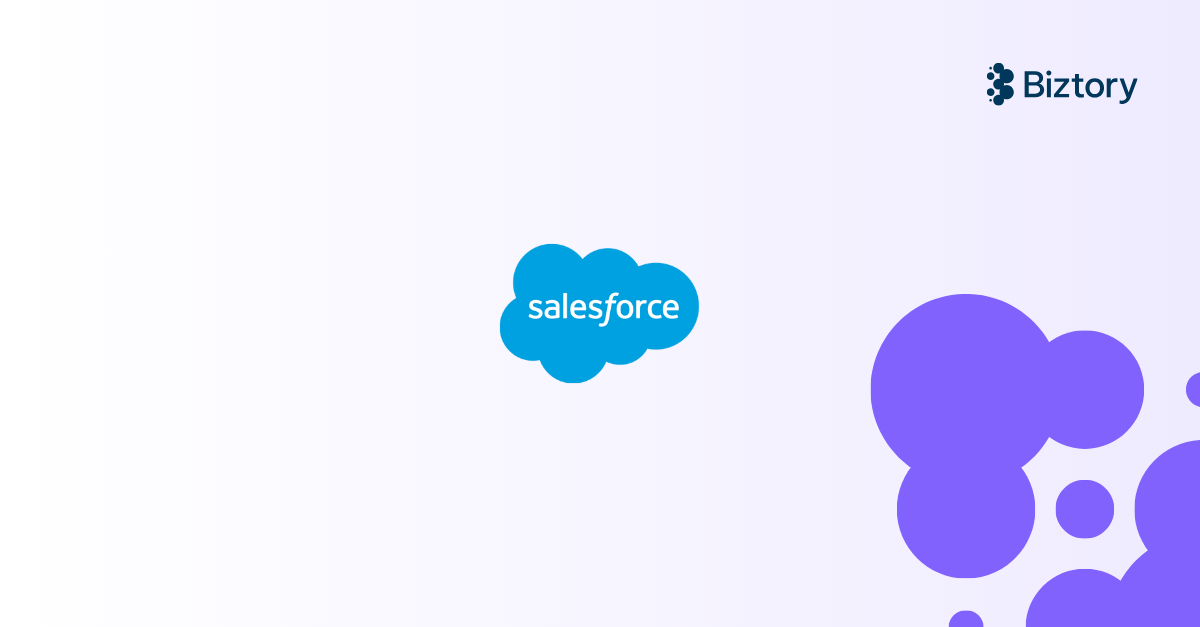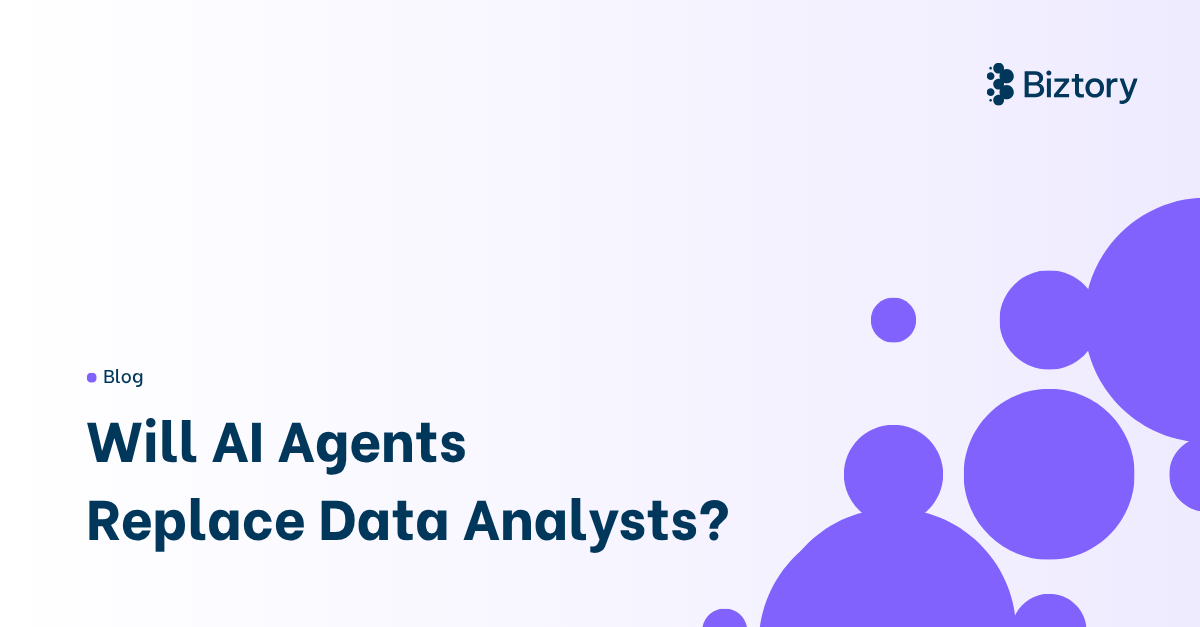It’s clear that data is a huge strategic asset for modern organisations. However, not many companies are taking full advantage of it, due to ad hoc and reactive decision making. In this blog, we’ll look at why having a data strategy in place is crucial in making business decisions based on facts, rather than intuition… And how to get started defining your data strategy for the upcoming years.
But first things first; let’s take a look at what we actually mean by “data strategy”.
1. What is a data strategy?
A data strategy is your long-term, guiding plan for how your organisation will leverage data in support of making business decisions. Your data strategy should therefore involve more than just your data. It should address people, processes and technologies as well.
Think of it as the roadmap for the data journey of your organisation and how to achieve your data goals. Look at your business from a data perspective and identify how all data activities - from data collection to data culture - can work together smoothly to be both impactful and easy to govern.
2. Why is your data strategy important?
Developing a data strategy allows you to use the data you have more effectively. There are numerous reasons why your business should develop a data strategy for the future. Here are some of the most important ones;
- Unlock the value of your data: You’ve probably already heard the “data is the new gold” cliché several times. But there’s a lot of truth in it. Business leaders understand this very well and use a data strategy to supply team members with information and processes on how to use, manage and share data.
- Get accurate and trustworthy information from data: Defining a data strategy helps to avoid incompatible, duplicate or missing data from different data sources. Increased data quality is a key outcome of a well-defined data strategy.
- Remove data silos and find a single source of truth: With the right strategy and tech stack in place, you can avoid siloed data and projects with departments working with different versions of the “truth”.
- Optimise time and resources: Maybe you’re spending way too much time on preparing raw data. Maybe your users are too dependent on IT. With the right data strategy in place, you can make sure that all data activities contribute more to overall business objectives.
3. How to build your data strategy for 2023
So, that’s all clear. You know what a data strategy is, and you understand why it is important to have one.
The one big question that remains is… “How” do you get started with defining your data strategy?
Let’s dig deeper…
Step 1 - Define business objectives
Your data strategy is interlinked with your overall business strategy and should address specific business needs and objectives. Tying your data strategy to your business strategy sets you up for long term success - otherwise, you might end up investing time, resources and money in the wrong projects.
So ask yourself first; what are you hoping to achieve with data analytics? What is your end goal? And how can data analytics support your business in achieving that goal?
Answering these questions requires you to understand your organisation’s top-level goals, objectives and the KPIs you’ll use to monitor performance against these objectives.
Step 2 - Identify people & processes
Becoming data-driven is about more than just having a Modern Data Stack in place. You need the right people in the right places to ensure that your tech stack and processes are utilised correctly.
Determine responsibilities for data analytics by documenting who does what with the data. Not everyone in your organisation will use data in the same way, and their roles in data collection, management and reporting can be different.
When coordinating roles, there are typically four main types of data users to consider in your data strategy;
- Data engineers: they are responsible for data pipelines and the overall data architecture.
- Data scientists: they manipulate data and build models with the data that the pipeline delivers.
- Data analysts; they analyse and interpret data.
- Business users / analysts: they use data to manage operations and review data reports.
Try to consider everyone in your organisation that uses data, even when working with data is not their primary job. Once you have mapped out a list of people, it’s time to assess the skill set of that team.
- Are people skilled enough to adopt new technologies, processes, etc? Or do they need additional training?
- What is the level of data maturity within your organisation?
- What is the level of data literacy of your team?
- Do you need new hires?
People are one of your most important assets to make your data strategy work. Don’t forget about them.
Step 3 - Identify Data Sources
When you have identified your business goals and the people of your winning analytics team, it’s time to figure out where the data will come from: what data do you need and how can it be obtained?
Describing what data you need to collect, what purpose it serves and where it will be collected from, ensures that you are likely to identify all relevant and necessary data sources.
Step 4 - Modernise your Data Stack Infrastructure
There’s no way around it. Technology matters.
However, it’s easy to get overwhelmed by the ever-changing landscape of technology and the numerous options available for your business. To help you cut through the noise and choose technology that fits within a Modern Data Stack Infrastructure, we’ll first explain what the Modern Data Stack actually is.
"What is the modern data stack?"
A data stack in general is the set of tools and technologies that you use to collect, process and store data.
So, what would make your data stack… “modern”?
A modern data stack is a set of cloud-based, easy-to-integrate tools that focus on data output rather than input. There are some other characteristics that separate a modern data stack from a legacy data stack, but we’ll cover that in more detail in another article.
What’s more important here, is that you understand the different components of the Modern Data Stack. A Modern Data Stack Infrastructure typically covers the following data activities:
- Data collection & ingestion
- Data Preparation
- Data storage
- Data visualisation
Step 5 - Data Management & Governance
Data management encourages everyone in your organisation to follow policies when working with data, to ensure consistency in the outputs.
Data governance is at the heart of data management and therefore another crucial element in your data strategy. It is what leads to higher data quality and drives a sustainable data culture within your organisation.
There are two main things to consider with data governance; your data culture and the technological aspect.
From a cultural point of view: how do you get your team to adopt the set of policies and regulations that inform how data will be used in order to govern data quality and accuracy?
From a technology perspective: What tools will you use for this? And what processes can you automate so you limit the number of ‘human’ errors?
Data governance takes leadership and can be a tricky part to implement, but is a crucial element for long term success.
Step 6 - Train people & build a data culture
Once you have your strategy in place, you’ll need to think about how your organisation will cope with these changes. It’s very likely that a renewed data strategy comes with changes, new responsibilities and expectations for your team.
Without a data culture in place, chances are high your data strategy will not see its full potential.
A data culture occurs when data is woven into the operations, mindset and identity of an organisation. It provides everyone in your organisation with the skills, knowledge and tools to be truly data-driven.
Training, enablement and communication are therefore essential parts of building that data culture and making sure your data strategy gets adopted company-wide.
Having identified the right people in step 2, it now comes down to assessing the gaps in their current knowledge and skill set. With the right training, you should be able to upskill your team in data literacy, use of new tech, best practices, etc fairly quickly.
4. Building a flywheel to boost your data analytics maturity
Having a data strategy in place, should ultimately also lead to an increase in your data analytics maturity. Achieving the highest level of Analytics Maturity is never a one-shot goal, however. It's a cyclical process in your data journey. And the starting point of that data journey typically is… you’ve guessed it: your data strategy.
Your data strategy is at the core of your data journey, and therefore at the centre of your data maturity flywheel as well.
The Data Maturity Flywheel is Biztory’s remixed version of data maturity models and aims to explain the momentum you gain when you build your business on data, and align your entire organisation around a data culture.
It is a remarkably easy way to explain what’s at the core of your data journey - and that happens to be pretty important when thinking about your data strategy.



